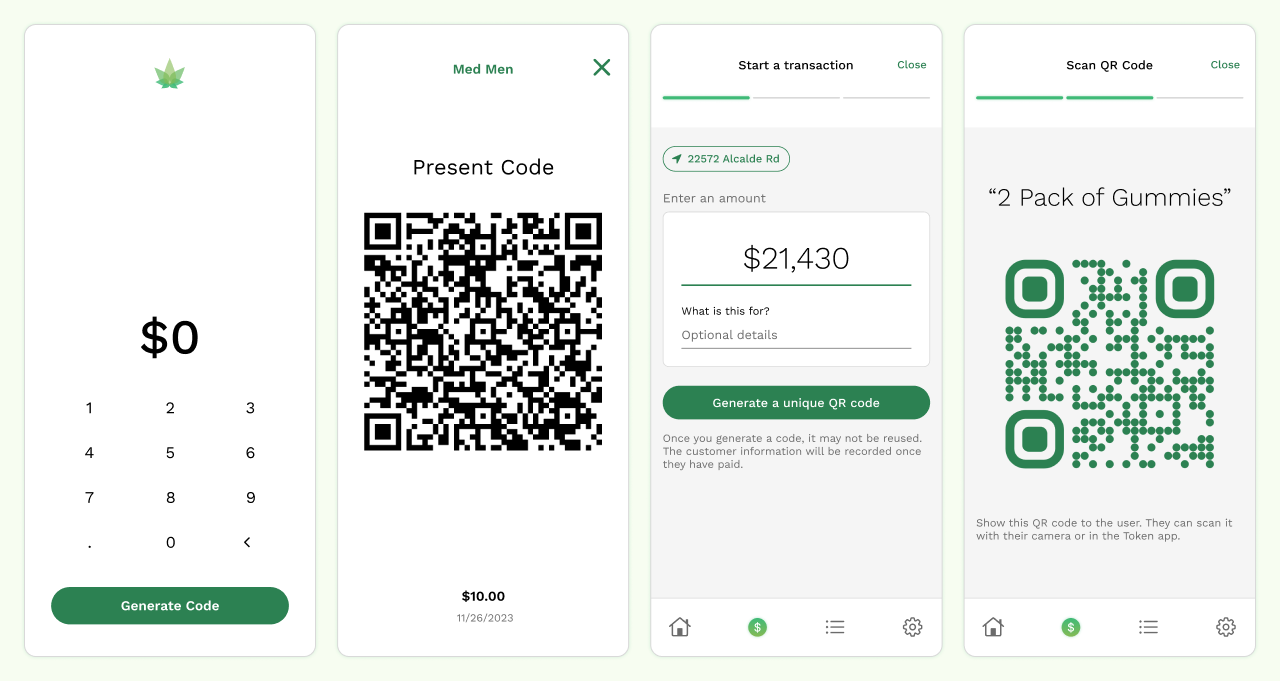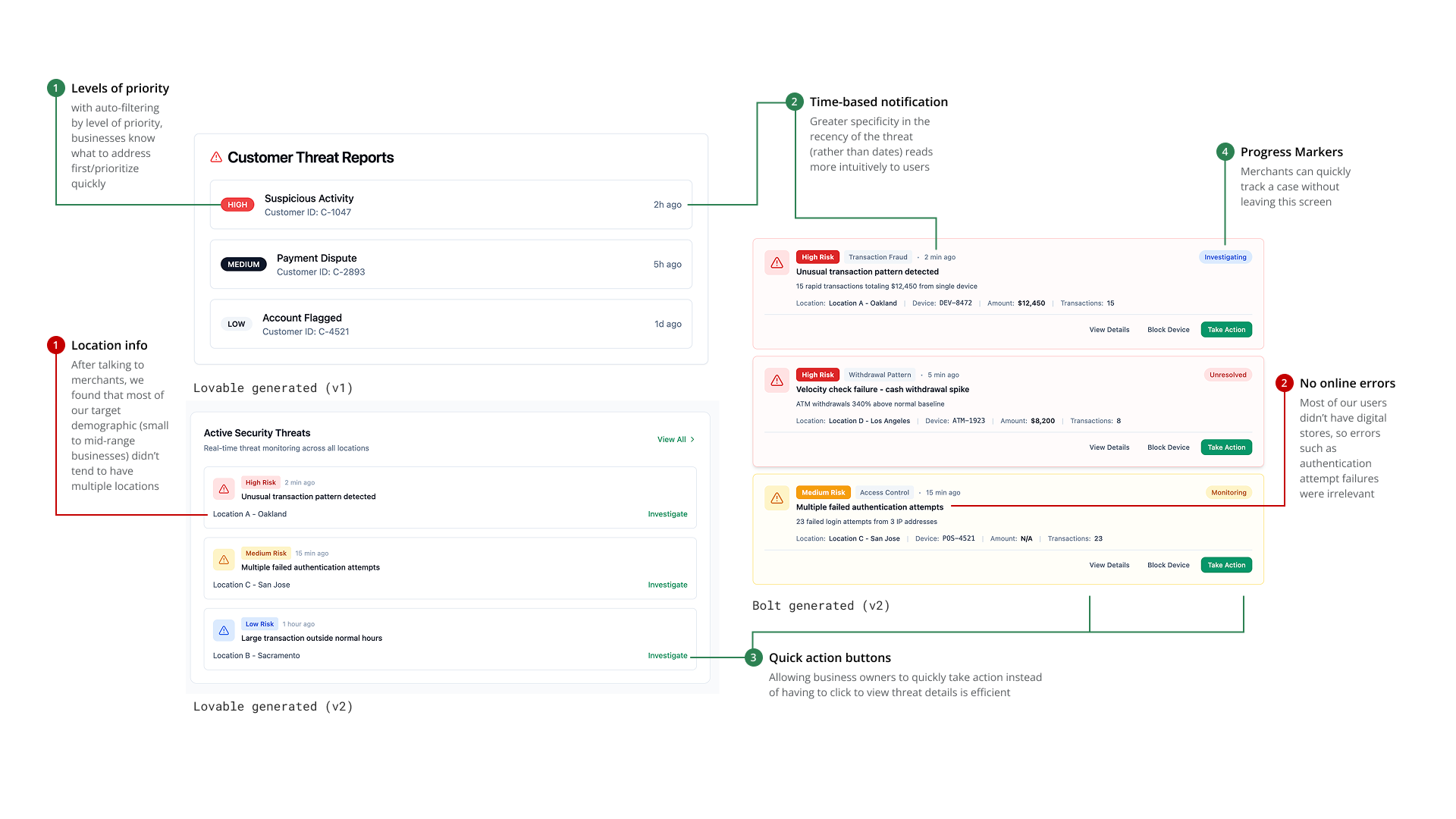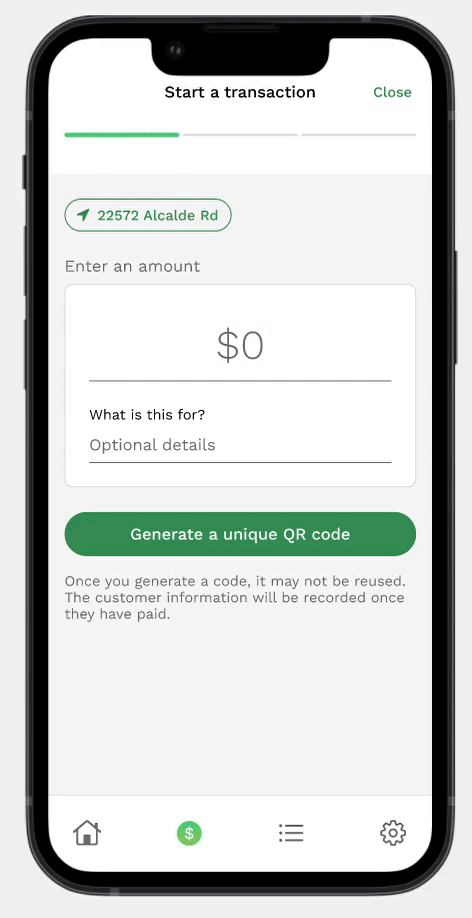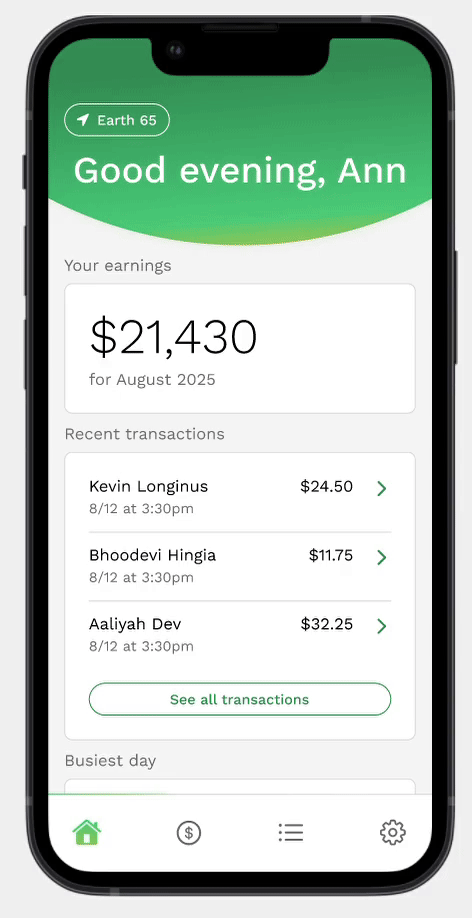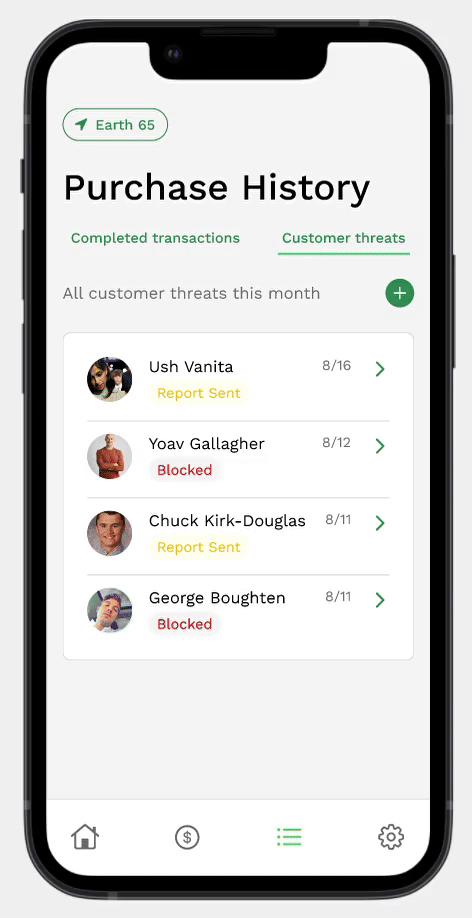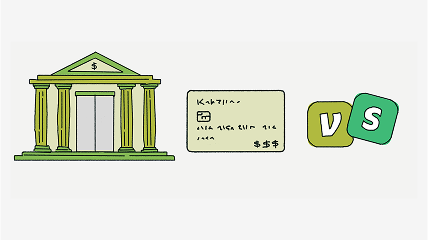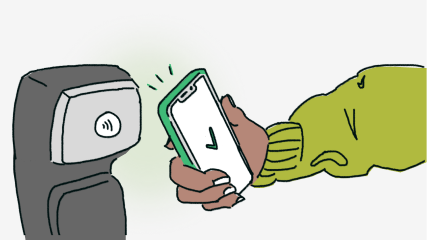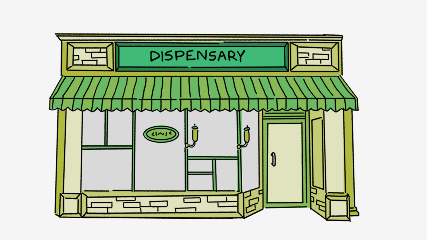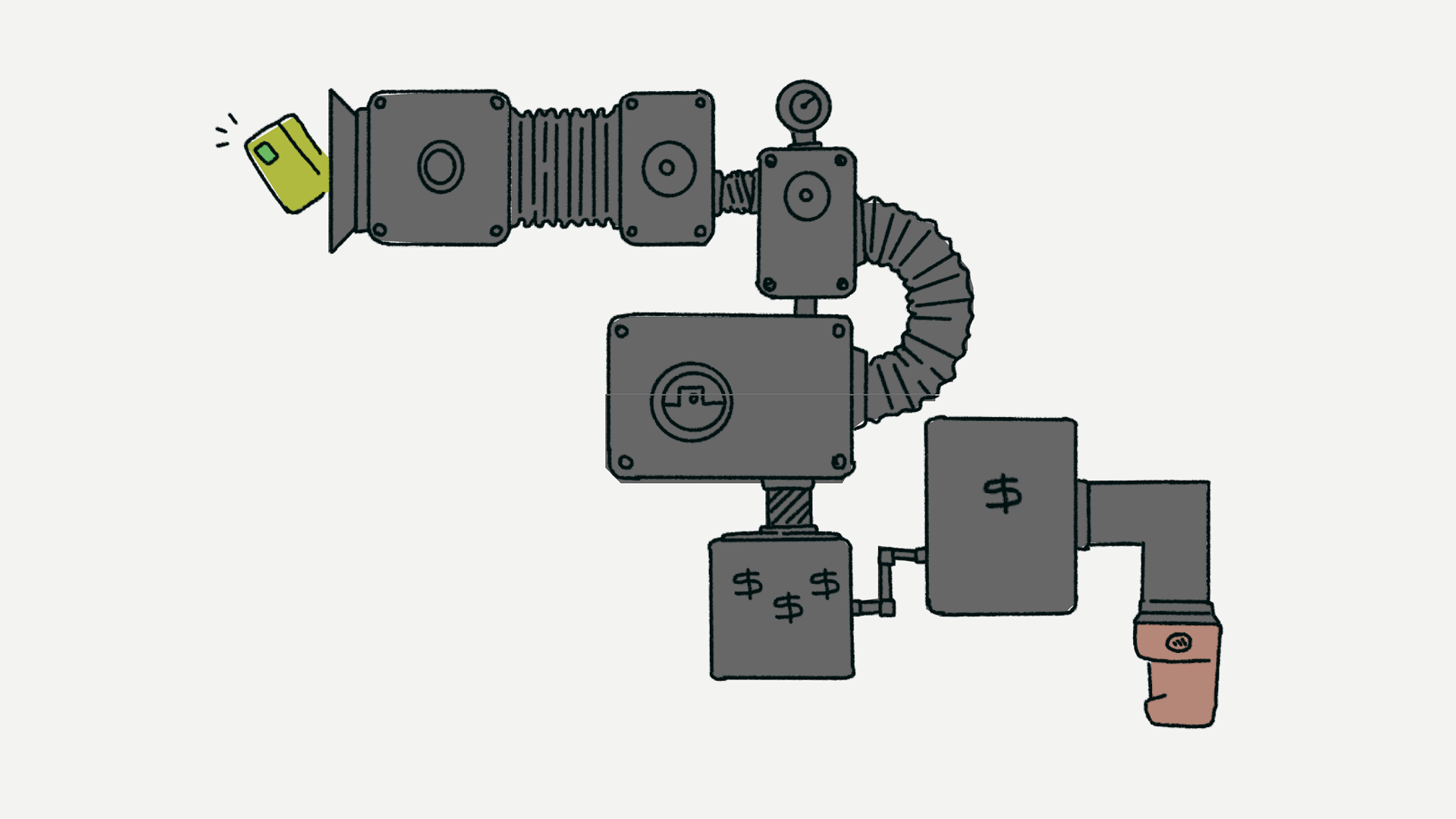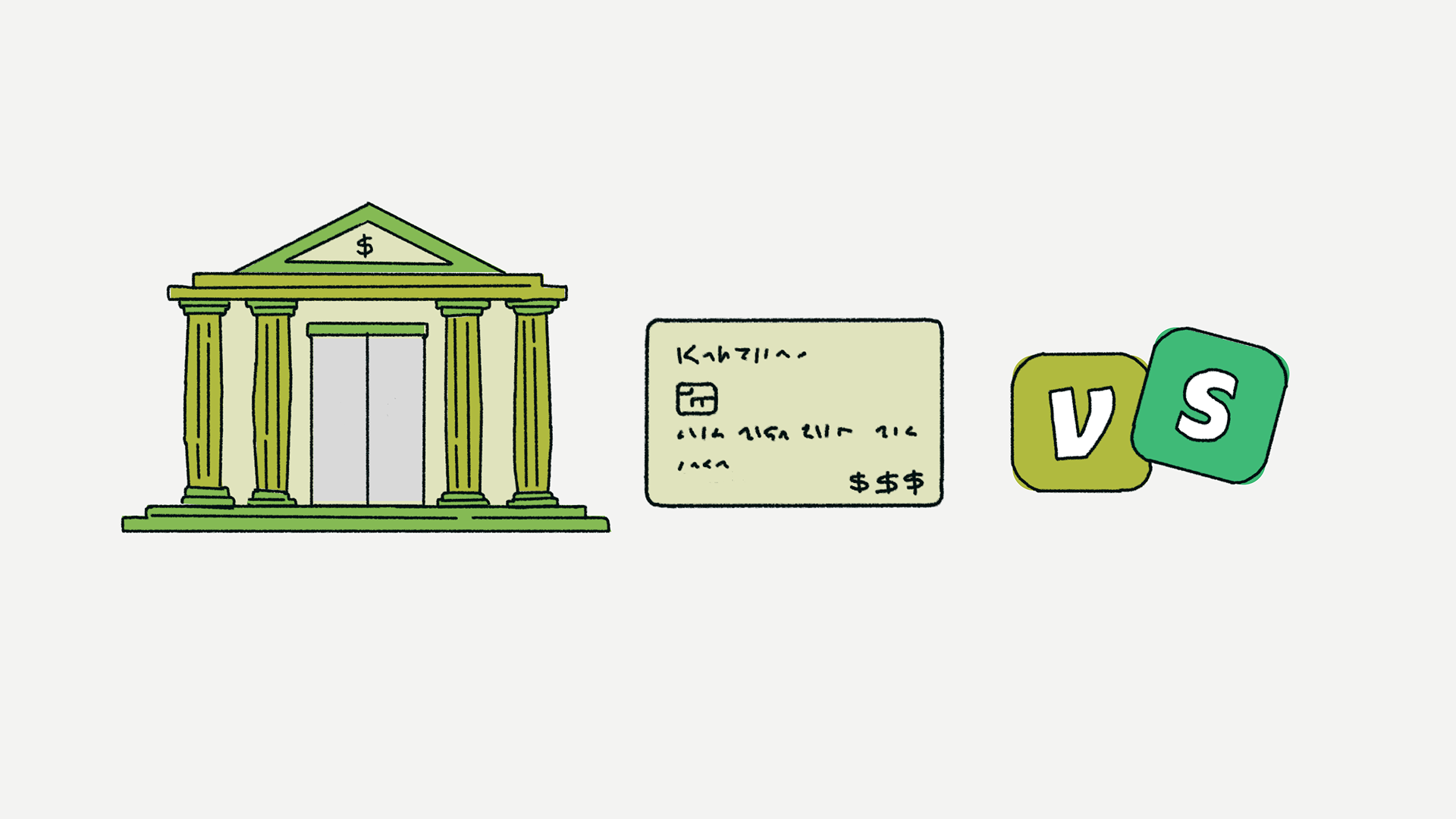Overview
Dispensary owners are losing money because they don't offer cashless payment options
The cannabis purchasing space is legally complex and technologically convoluted. We wanted to make it simpler.
After talking to consumers, dispensary owners, and going through the checkout process ourselves, we saw firsthand how complicated it was to complete a simple transaction. This was compounded by the fact that dispensary owners were wary of solutions that were toeing the line of legality or not secure.
see how i use ai in the process

skip to the solution

research
We triangulated research methods to understand both merchants and consumers' pain points
We visited dispensaries in person to interview owners and salespeople, observed the online and in-person checkout processes ourselves, surveyed customers, and studied online forums.
While sifting through all that data, initially it seemed like consumers were the obvious target of our payment platform. Since we only had a few weeks to build our MVP, we originally decided to design the service for customers though our research identified a few business issues as well (see below).
As we progressed, we also consulted with a lawyer to further understand the intricacies of this space.
"There are a lot of [POS] systems that we keep cycling through, but they're all very complicated and our staff needs to constantly be trained to use them. Then, when another product comes along, we have to switch again."
Large Chain Dispensary Owner
"We ran into the same wall trying to set up payments for cannabis-related sales - PayPal, Stripe, Square all shut us down pretty quick. What worked for us was going with a high-risk friendly processor."
Small Dispensary owner
We needed a solution that was
and
Cash based options are risky and tedious
Dispensary owners were very wary of the dangers of storing and transporting large amounts of cash.
The customers we interviewed wanted transactions to be efficient and cashless.
Hardware solutions are convoluted
Current solutions involved clunky hardware that needed to be constantly updated.
On top of that, most hardware solutions were costly and legally questionable.
Large financial firms won’t work with cannabis
Traditional payment platforms refused to work with cannabis because of differences between federal and state regulations.
Dispensaries that used these methods were shady.
click on 'Cashless', 'Simple', or 'secure' to learn more about our research insights
Process
We decided to prioritize secure onboarding and quick payment flows in our MVP that was targeted at customers
We started with wireframing out the customer journey for purchasing cannabis.
In the wireframes, we focused on the efficiency of payments, but soon ran into a hiccup with our business model (below).
THe key wireframes included a payment flow (input amount, choose recipient, pay, confirm)
PIVOT NEEDED
We realized dispensaries needed our product more than customers, who were okay with 'shady' transactions
Dispensaries were wary of cash-based options and afraid of the legal risk of cashless ones. We had to change our target audience!
The customers we interviewed continued to use credit cards or hardware systems if offered by merchants; they didn't have a lot of control over the transaction process at large, though they preferred cashless options.
Meanwhile, dispensaries faced great risks from cash-based options:
Storing so much cash comes at great peril for employees...[one] was beaten and robbed of about $9,000.

Cal Matters
For companies generating that much money, this is a caveman approach to finance

Wall Street Journal
One producer...said he had to carry $120,000 in a bag and drive six hours to pay a supplier instead of taking a flight and putting himself at greater risk...

Aljazeera
Based on this necessary business pivot, I had to adapt the flows and screens to align.
We decided to further implement features for businesses (eg. homepage analytics and threat documentation) that we had uncovered in this research.

The flows now had to accomodate a multi-faced view (businesses and customers)
The left two screens showcase mid-fidelity designs, and the right TWO are our final screens
I had to educate myself about specific technology and legal context to inform the design of the app and clarify this ambiguous space
I collaborated closely with our developers to get a full picture of what was happening on the backend to know how to structure our onboarding experience.
Integration with APIs and understanding our USP meant I needed to get into the weeds with both the legal constraints (for content design) and the technology (ACH) that would set us apart. This was also necessary for us to demo and pitch our work to investors.
ACH (Automated clearing house) technology is what facilitates our cashless payment system
using ai
I used Lovable and Bolt to unstuck myself and find new concepts for the 'customer threats' screen
I started by generating multiple concepts on both programs, and then trying to extract common insights.
I would prompt using specific audience/user information, research insights, and some UI information to generate new iterations.
Through AI iterations, I realized I needed quick CTAs, greater scannability and progress indicators
I went through various iterations, attempting to prioritize different information and quick actions
the final iterations and final screen (Before and after)
The final screen and concepts focus on the actual offense and the current status of the threat over the customer.
By providing minimal information, more relevant time context, and blocked status, merchants can take quick action.
While AI was useful in generating initial concepts, I needed to be able to extract what was relevant (based upon our own data collection and MVP product roadmap) as well as discard those unnecessary or inaccurate details.
introducing
Token,
cashless compliant cannabis transactions
Reflections
Changing directions quickly, working cross-functionally, and documenting everything
Working as a founding designer towards a tight deadline came with a lot of insights.
Researching, ideating, and going from wireframes to shipped designs within six weeks was no mean feat. I had to be extremely adaptable and fight to prioritize good design within the process. I also learned to radically empathize with my users, making sure that every decision we made would serve them.
Learn about my experience

Growth mindset
Early in the process, we considered focusing on customers. Halfway through the process, based on interviews with dispensary owners, we realized we needed to pivot. That’s why keeping an open mind throughout the design process was key.
Meticulous documentation
Working towards an urgent deadline with two developers meant I had to be extremely organized and stay aligned. It also meant creating and delivering intricate specification files, component systems, and using auto-layout so nothing was amiss.
Storytelling
Throughout the process, we presented our vision to dispensary owners, lawyers, and other startup founders . I learned how to tell our story to different audiences in a compelling way. When our PM fell sick , I even ended up delivering the pitch to investors!








